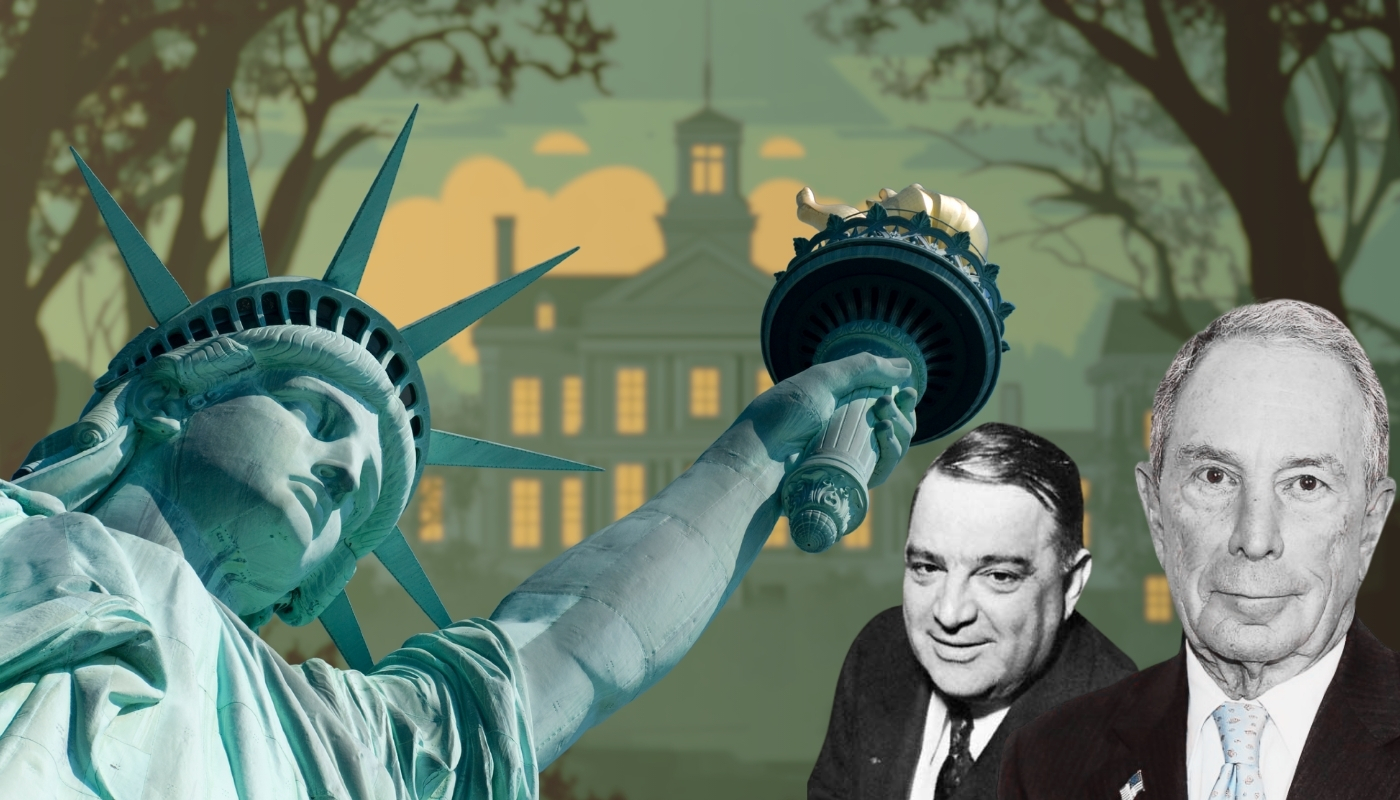The mayoral role in New York City carries immense significance, shaping the city’s trajectory through policy, leadership, and vision.
As one of the world’s most influential cities, NYC requires leaders capable of handling complex challenges.
Evaluating mayors involves assessing their impact during crises, legislative achievements, and ethical conduct, among other criteria.
These evaluations not only shed light on their leadership but also guide expectations for future leaders.
Notable Mayors in NYC History
New York City has been shaped by the leadership of its mayors, who have left indelible marks on the city’s governance, infrastructure, and culture.
- Corruption
- Mismanagement
- Controversial policies
By examining the leadership styles and legacies of notable mayors, we can better appreciate the complex role of NYC’s top executive.
Best Mayors
The “best” mayors of New York City have earned recognition for their ability to address the city’s pressing challenges, introduce transformative policies, and maintain public trust.
Here are three of the most impactful leaders in NYC’s history:
Fiorello H. La Guardia (1934–1945)
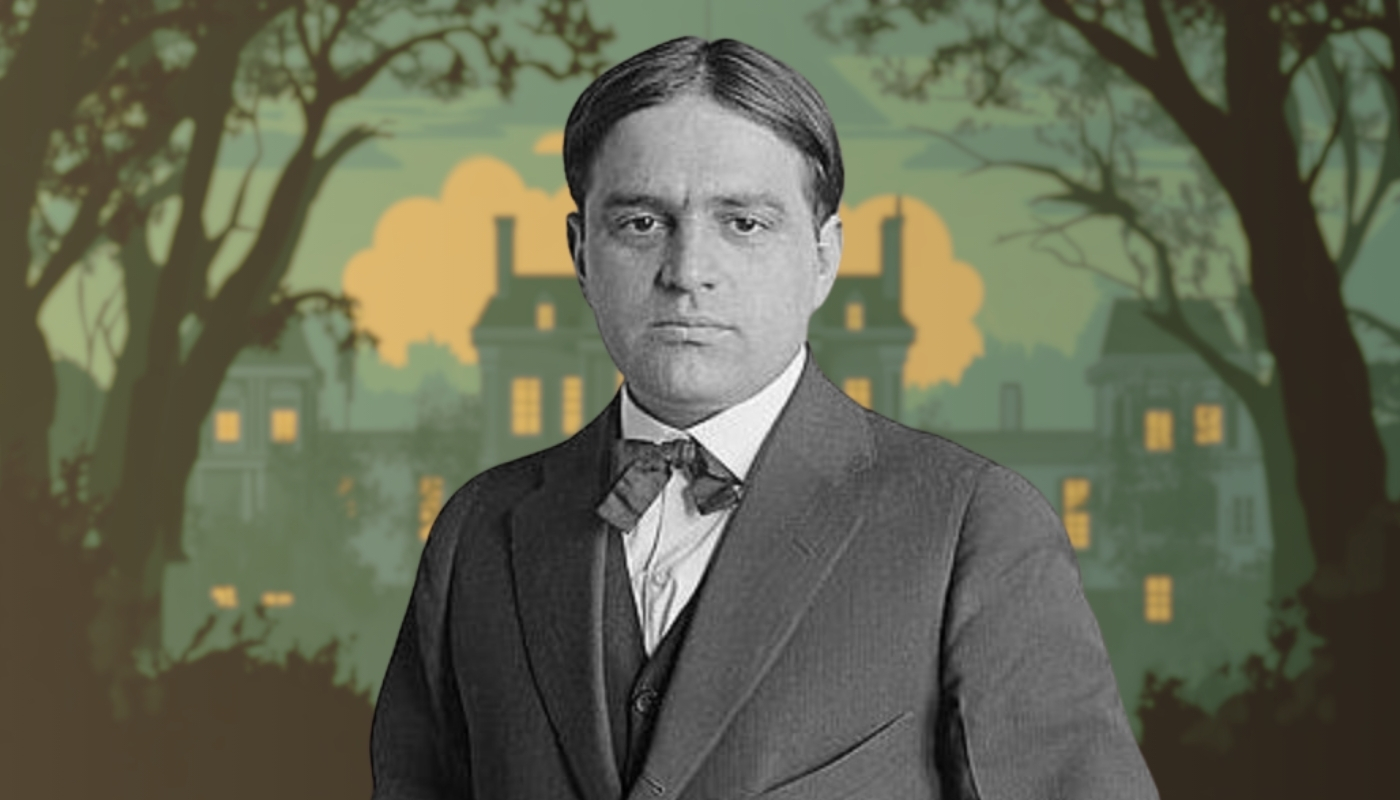
Fiorello La Guardia is remembered as one of NYC’s most effective and beloved mayors, steering the city through the Great Depression and World War II.
- La Guardia introduced improvements in public housing, sanitation, and transportation that elevated the standard of living for many New Yorkers.
- He aggressively targeted organized crime and systemic corruption, restoring accountability within city government.
- His ability to connect with New Yorkers and prioritize their needs cemented his legacy as a transformative leader.
La Guardia’s leadership turned NYC into a more equitable and efficient city, earning him a reputation as one of the nation’s top municipal leaders.
Rudy Giuliani (1994–2001)
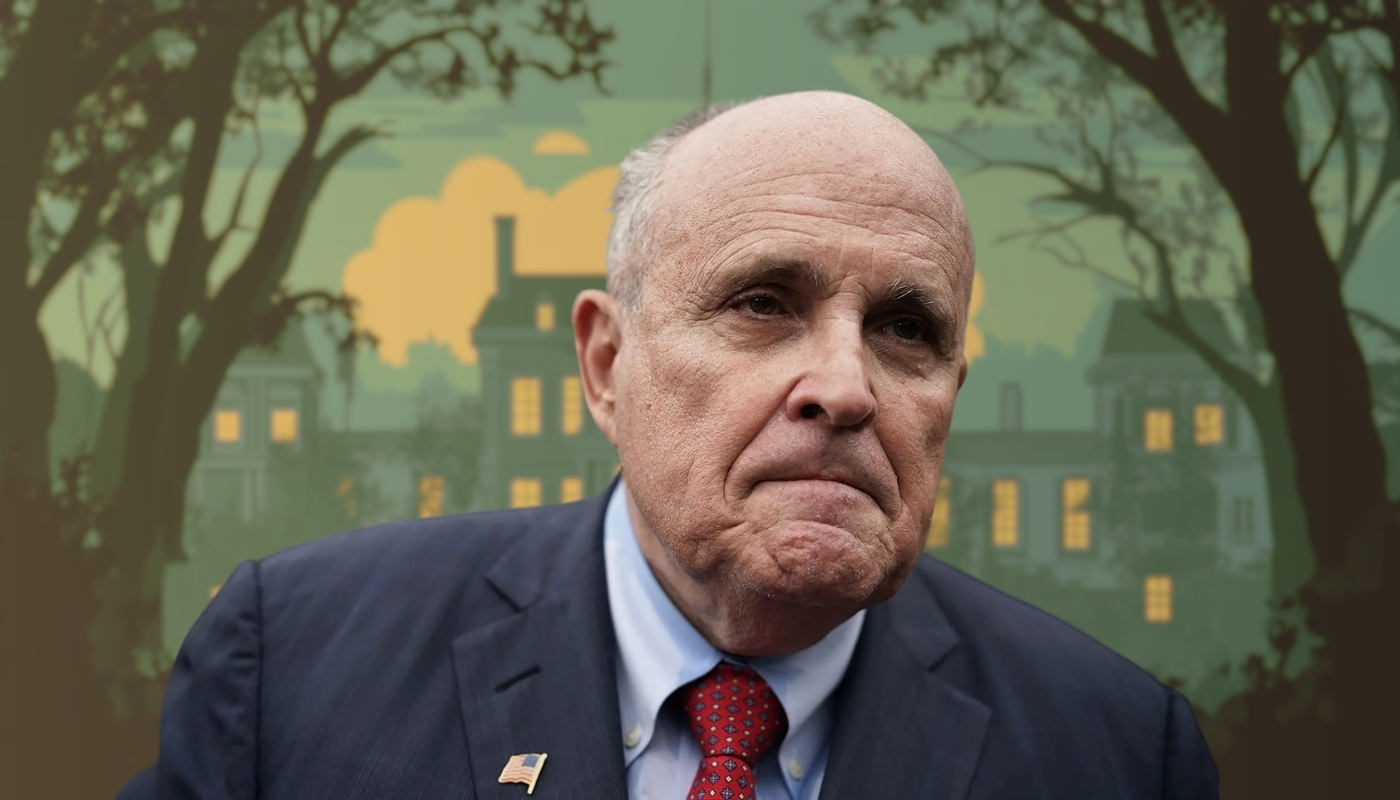
- Giuliani’s focus on law enforcement, including strategies like “broken windows” policing, led to a dramatic decline in crime rates, though these methods remain controversial.
- His actions during and after the 9/11 attacks showcased his ability to unify and guide the city through an unprecedented crisis.
- Policies like “stop-and-frisk” sparked discussions on civil liberties and racial profiling, creating a legacy of mixed opinions.
Giuliani’s tenure remains one of the most debated, with his crisis leadership often overshadowed by criticism of his policing methods.
Michael Bloomberg (2002–2013)
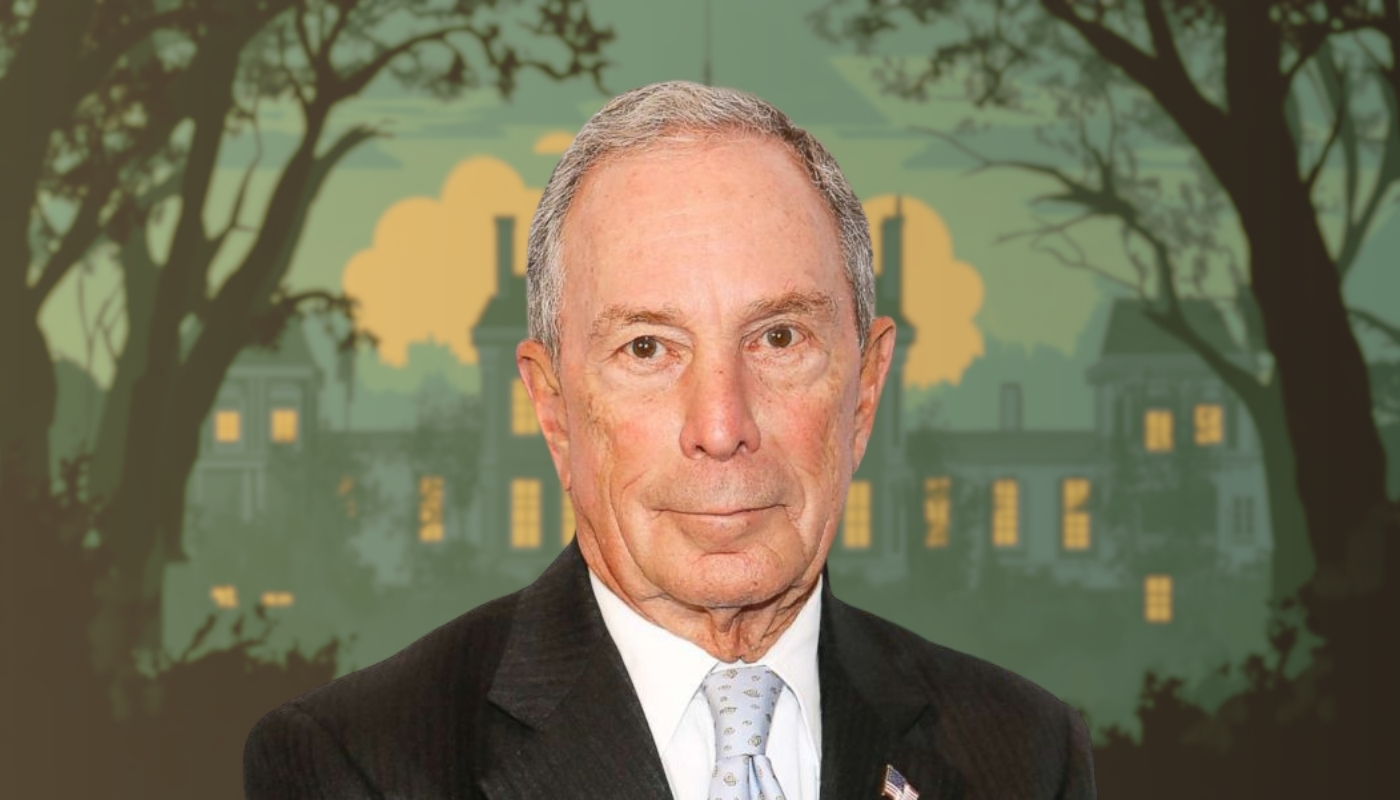
- Bloomberg fostered a business-friendly environment that strengthened NYC’s economy after the 9/11 attacks.
- His administration implemented smoking bans, calorie labeling, and other measures that improved public health outcomes.
- Bloomberg introduced programs like PlaNYC to promote green spaces, renewable energy, and reduced emissions.
- His decision to extend term limits and continue “stop-and-frisk” drew significant criticism, raising ethical and policy concerns.
Worst Mayors
While some mayors brought innovation and stability, others faltered under the weight of scandals, corruption, or controversial decisions. Here are three mayors who left negative legacies:
Fernando Wood (1855–1858, 1860–1862)
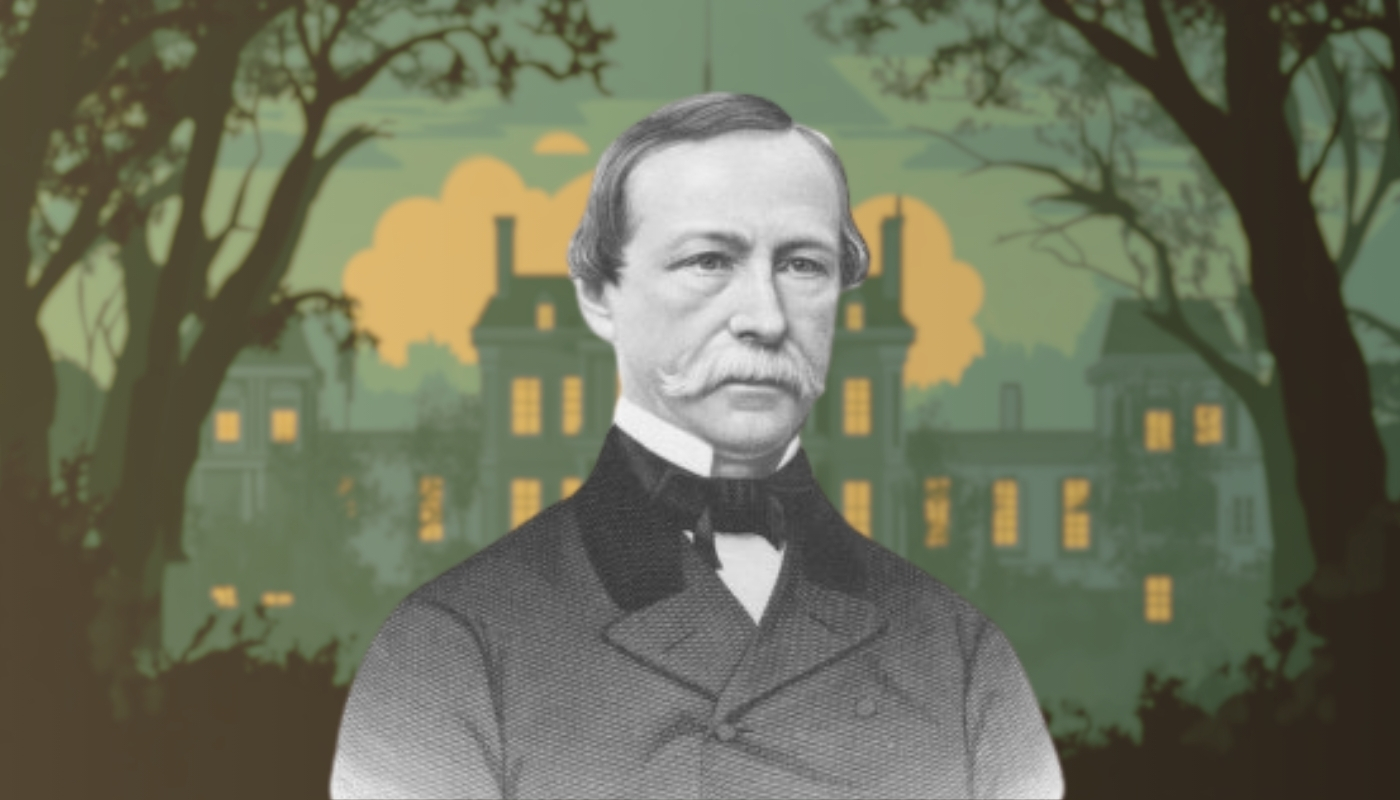
- He infamously proposed NYC’s secession during the Civil War, undermining national unity.
- His administration faced accusations of ties to organized crime, damaging public trust.
- Wood’s tenure is remembered for its detrimental impact on NYC’s governance during a critical period in American history.
His actions and policies positioned him as one of the city’s most notorious leaders.
Jimmy Walker (1926–1932)
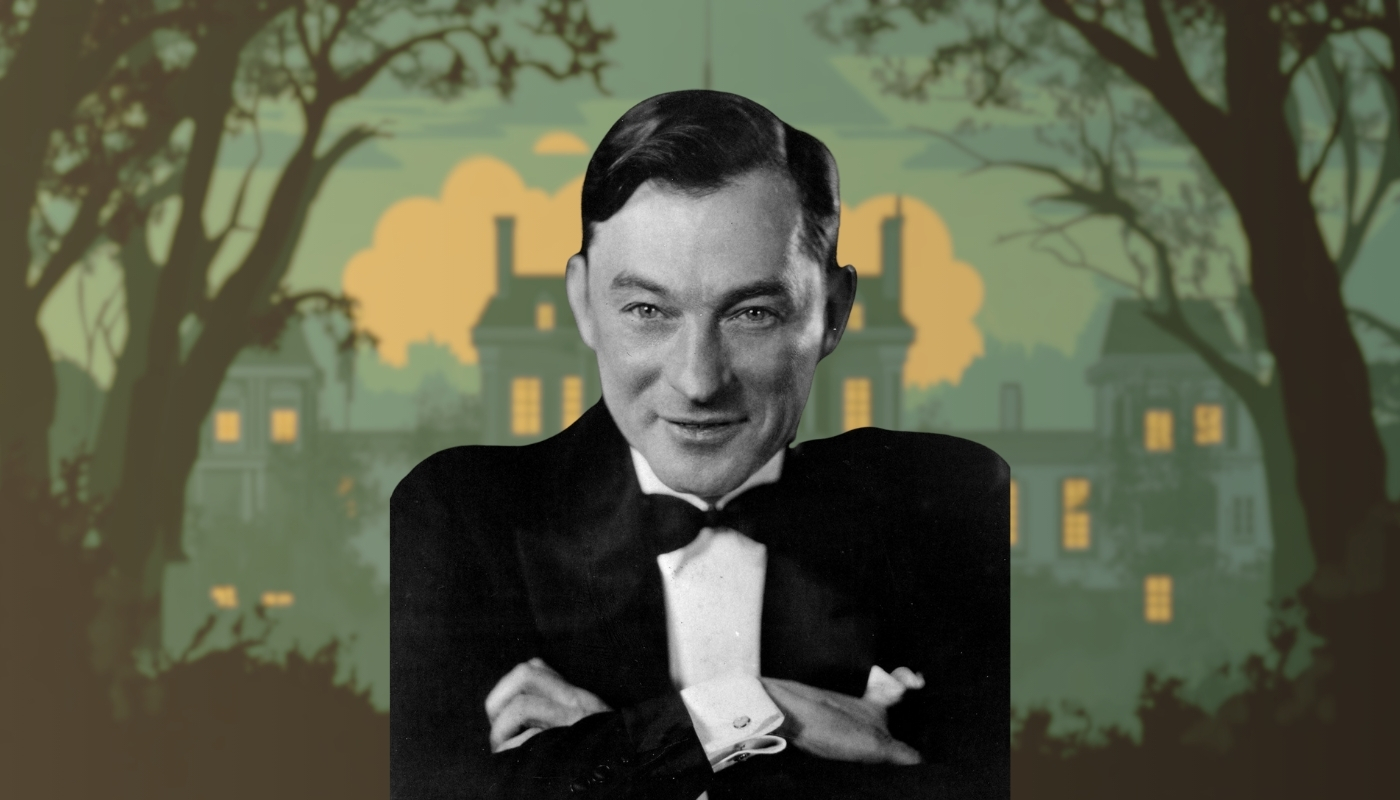
- His administration was riddled with corruption, leading to multiple investigations and his eventual resignation.
- Walker’s extravagant habits, including late-night partying and neglecting city affairs, tarnished his reputation.
- His resignation amid mounting scandals marked the end of a turbulent tenure.
Though initially popular for his charisma, Walker’s lack of effective governance overshadowed his appeal.
William O’Dwyer (1946–1950)
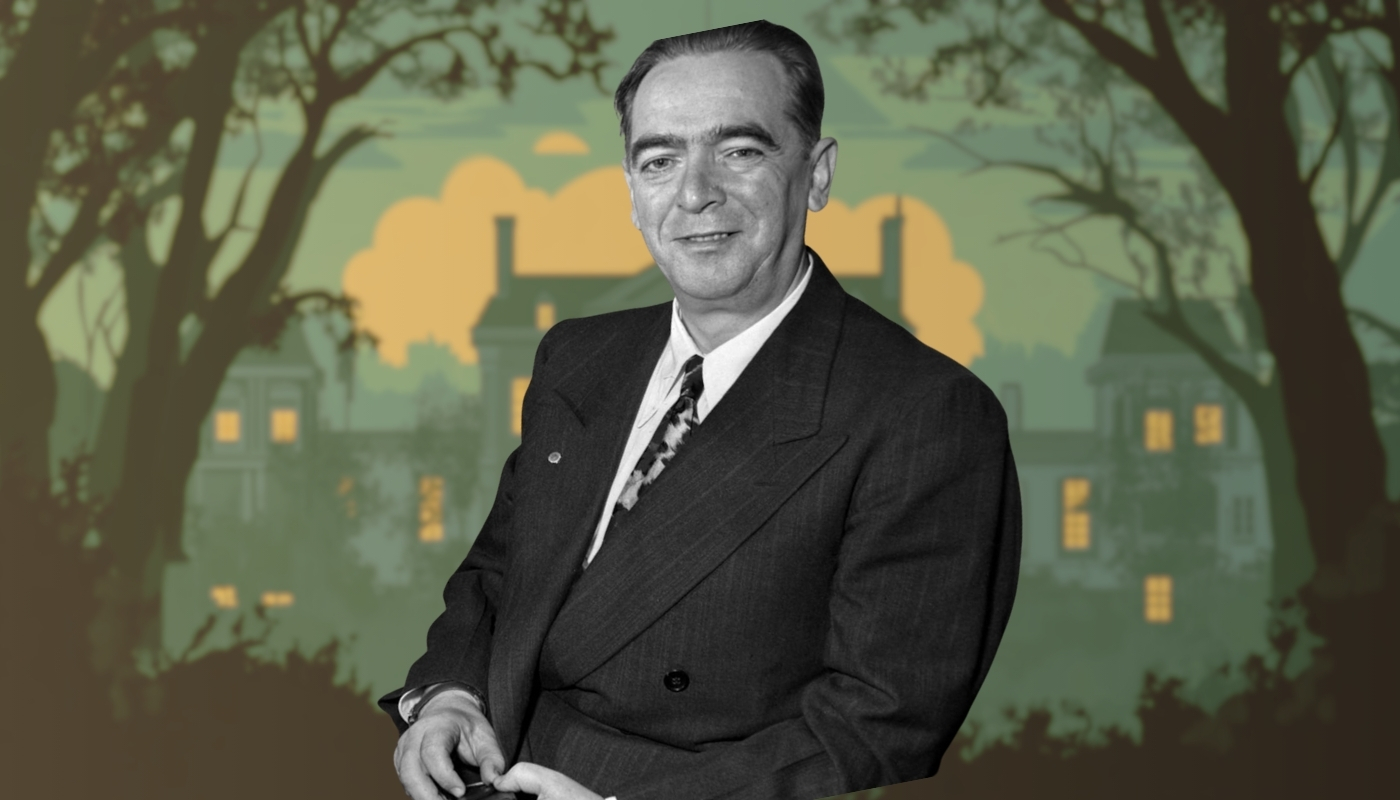
- Widespread scandals involving police misconduct plagued his administration, eroding public confidence.
- O’Dwyer resigned under a cloud of controversy and was appointed U.S. Ambassador to Mexico, raising suspicions about his departure.
- His tenure is remembered as one of missed opportunities and ethical failings.
O’Dwyer’s inability to address corruption left a lasting stain on his time in office.
Developments during Eric Adams Mandate
Eric Adams took office in 2022 as New York City’s 110th mayor, stepping into leadership during a time marked by economic recovery efforts post-COVID-19 and growing concerns about public safety.
A former NYPD captain and Brooklyn Borough President, Adams campaigned on promises to restore order, improve quality of life, and tackle rising crime rates.
However, his tenure has been fraught with controversies, casting a shadow over his administration’s achievements.
- Adams has been implicated in corruption allegations related to campaign finances, leading to ongoing investigations. These charges have fueled criticism about his ethics and transparency, undermining public confidence in his leadership.
- While some residents view Adams as a strong advocate for safety and order, others criticize his inability to address housing affordability, infrastructure issues, and economic inequality effectively. His focus on crime reduction has sparked debates about prioritizing policing over social programs.
- Despite the controversies, Adams has launched initiatives aimed at revitalizing the city. His administration has focused on improving mental health services, enhancing public transportation, and addressing homelessness. However, these efforts have often been overshadowed by the scandals surrounding his leadership.
- The investigations into his administration have raised questions about his ability to govern effectively. Many observers argue that his tenure highlights the difficulties mayors face in balancing transparency with political ambition in a city as complex as NYC.
Eric Adams’ leadership represents the ongoing challenges of navigating modern governance in New York City. As the legal proceedings unfold, the future of his administration remains uncertain, with many questioning its long-term impact on the city.
His tenure underscores the critical importance of maintaining trust, integrity, and decisive action in public office.
Criteria for Evaluation
Evaluating the performance of New York City mayors requires a multi-faceted approach, given the complexity and significance of the role. NYC’s mayors not only manage the day-to-day operations of one of the largest cities in the world but also shape its long-term trajectory.
To determine the effectiveness of their leadership, the following criteria are crucial:
Leadership During Crises
Effective leadership is most evident during times of crisis, such as economic recessions, public health emergencies, or large-scale disasters. A mayor’s ability to respond decisively and implement strategies that mitigate damage reflects their competence and resilience.
Crises test not just administrative skill but also the capacity to unite a diverse population under challenging circumstances. Mayors who successfully navigate such periods often gain the trust of residents and leave a lasting mark on the city’s history.
Examples of such leadership include managing financial crises, responding to natural disasters like Hurricane Sandy, or guiding the city through terrorist attacks. These situations demand quick thinking, transparent communication, and the ability to mobilize resources effectively.
Policy Achievements and Reforms
Transformative policy initiatives are another hallmark of impactful mayoral tenures. Leaders who implement meaningful reforms in areas such as infrastructure, education, public safety, and housing often shape the city’s future. Strong policies indicate a proactive approach to addressing the city’s challenges and improving the quality of life for its residents.
Infrastructure upgrades, economic revitalization, and sustainability projects often define these accomplishments. For example, introducing affordable housing programs, modernizing transportation systems, or reducing crime rates are tangible ways a mayor’s leadership can benefit the city.
Successful reforms reflect both a vision for progress and the ability to navigate the complexities of municipal governance.
Public Approval and Legacy
Public approval serves as a barometer for a mayor’s popularity and effectiveness. High approval ratings typically indicate that residents feel their needs are being addressed, while low ratings may signal dissatisfaction with leadership or policy outcomes. However, legacy extends beyond immediate approval; it encompasses the enduring impact of a mayor’s decisions on the city’s development.
A strong legacy often reflects a combination of visionary initiatives and competent execution. Mayors remembered fondly by history are those who not only meet the immediate demands of their term but also pave the way for sustained growth and innovation.
We got a lot done for New York City in 2024!
Every day, we work to make our city safer and more affordable for New Yorkers and the next generation of sanitation workers, small business owners, and doctors! pic.twitter.com/cvOkFGT8cO
— Mayor Eric Adams (@NYCMayor) December 26, 2024
Ethical Conduct
Ethical behavior is foundational to public trust. Scandals, corruption, or ethical lapses can overshadow even the most significant accomplishments. A mayor embroiled in controversy risks eroding public confidence in their administration, casting doubt on their decisions and priorities.
Integrity in office ensures that leadership remains focused on the public good rather than personal or political gain. Transparent governance, accountability, and adherence to ethical standards are critical components of successful leadership. Mayors who fail in these areas often face criticism that diminishes their overall contributions to the city.
The Bottom Line
The history of New York City’s mayors highlights the profound impact of leadership on one of the world’s most complex urban environments.
Leaders like Fiorello La Guardia and Michael Bloomberg have demonstrated how vision and effective governance can drive progress, while the missteps of figures like Fernando Wood and Jimmy Walker underscore the consequences of ethical failings and mismanagement.
The legacies of past mayors offer valuable lessons on the importance of accountability, strategic policymaking, and the ability to lead during times of crisis.
The role of a mayor is not just to manage the present but to shape the city’s future in ways that uplift its residents and ensure its ongoing vitality.
